Cucurbita moschata
Many people are finally catching on to the magic of calabaza squash, and it’s about time.
This winter type is more resistant to disease than a lot of the other varieties of squash on the market, and a single fruit can yield 10 pounds or more of dense, delicious flesh.
In other words, because it’s generally healthy and grows a ton of fruits, one plant will likely give you enough food to last a good, long time. You’ll be handing calabazas out as gifts to all the neighbors!
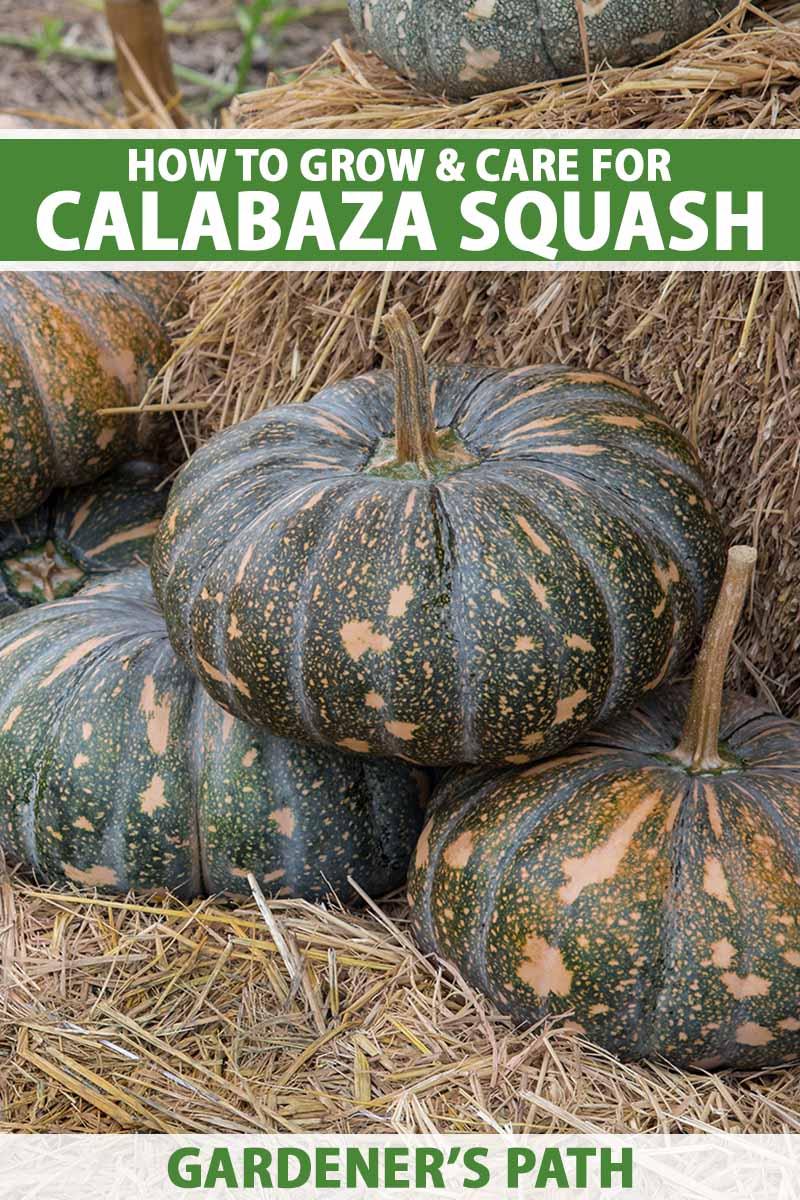
We link to vendors to help you find relevant products. If you buy from one of our links, we may earn a commission.
There’s something to be said about the aesthetics of this variety, too.
If you like creating a fall display with different types of squash and gourds, calabaza has an eye-catching, fairytale-esque look to it, though I wouldn’t recommend that you use it for carving Jack-o-lanterns. The skin is tough!
But that tough skin is actually a great thing when it comes to edible use. It means the fruits can be stored for months and months with no trouble at all.
Because this is an open-pollinated, heirloom type, there are wonderful variations in the plants from region to region. I’ve come across some incredible ones in markets in my travels and I saved a few seeds to try in my own garden.
So, if you’re ready to give calabaza a go in your garden space, you’ll need two things. A big old chunk of available ground, and this guide.
Here’s everything we’ll tackle, coming up right up:
What You’ll Learn
Calabaza is the same species as the butternut, and the taste is somewhat similar.
Just imagine butternut squash but slightly denser and more flavorful, and you’ve got the idea. It’s buttery, sweet, and mashes up into an ice cream-like consistency that is to die for.
Mmm, my mouth is already watering…
What Is Calabaza Squash?
This winter squash belongs to the tropical species Cucurbita moschata.
The name “calabaza” translates from Spanish to mean pumpkin or gourd and refers generically to any type of winter squash, but in English, it refers to the plant commonly known as auyama, West Indian pumpkin, or Puerto Rican pumpkin.
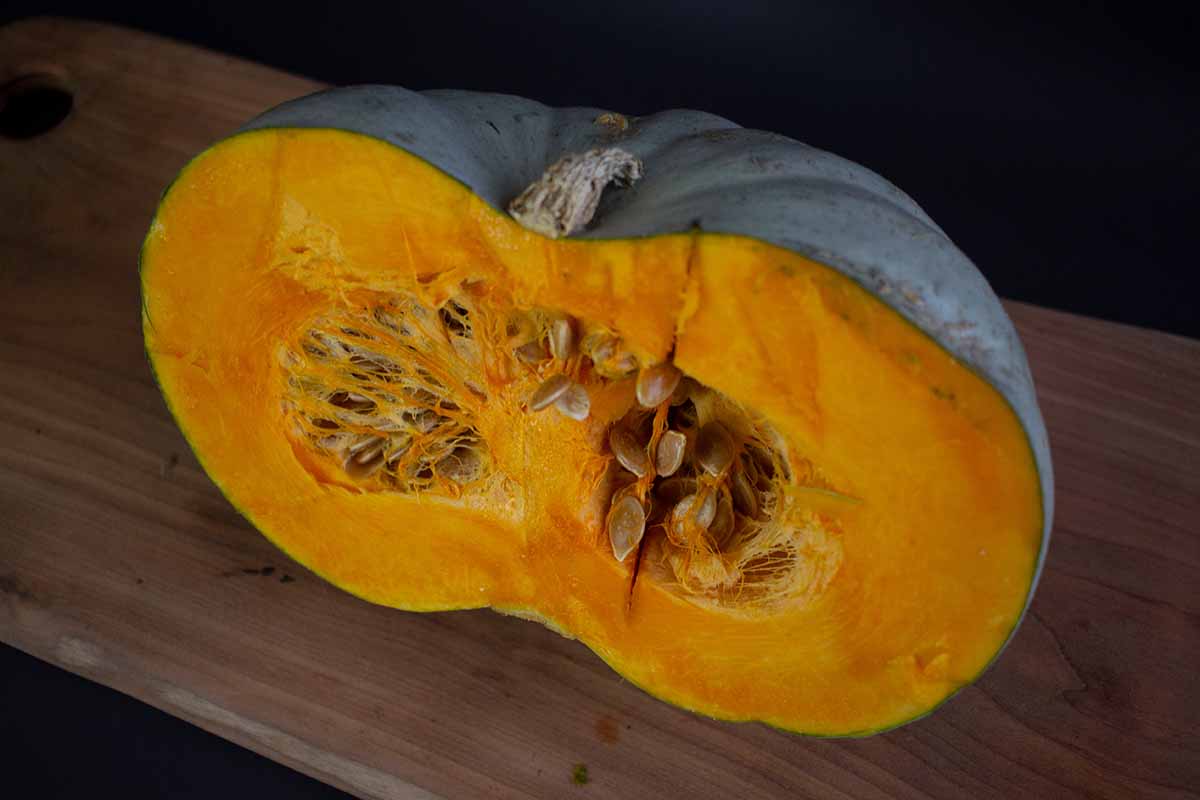
Because the name is a generic term for winter squash, it can be a little confusing to narrow down the specific plant in question.
Some other species, including C. foetidissima and C. maxima, are sometimes called calabaza.
Even among C. moschata varieties, the size, shape, and color can vary because of cross-pollination and regional cultivation.
In general, the fruits range from five to 10 pounds, and are usually round and squat, like a basketball that someone stepped on.
But they can also be elongated like a big football or round like a pumpkin too.
The hard skin can be gray, blue, orange, yellow, cream, green, or a mixture of these colors, with smooth or slightly bumpy skin. Each fruit weighs anywhere from three to 50 pounds.
Depending on how they’re harvested, they can have long, crooked stems. The mature skin takes on a matte appearance.
These combined characteristics make them awfully good-looking, which is why you often see them in fall displays. Their flesh is yellow to orange, meaty, and thick, with a large, hollow seed cavity filled with stringy pulp and relatively small seeds.
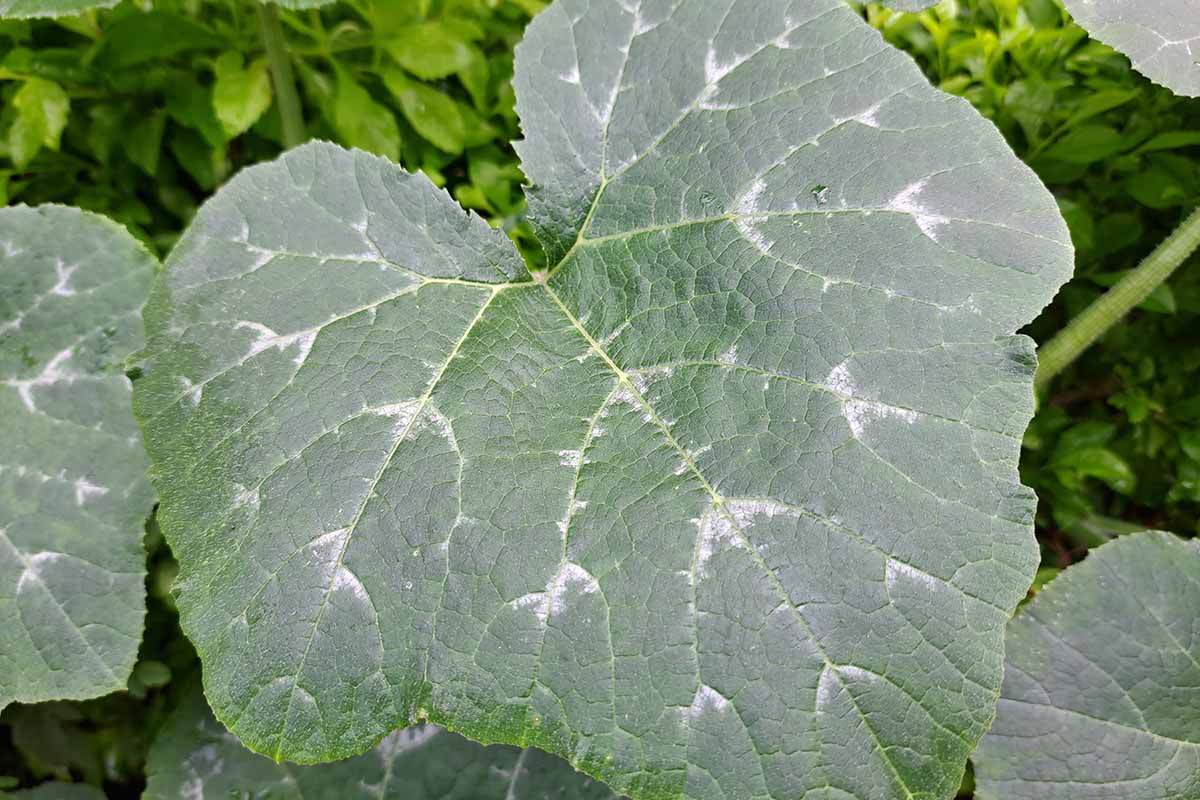
They grow on large vining plants with grayish, slightly mottled green leaves.
These plants can really stretch their limbs, so to speak, and a single vine can grow 50 feet out from the center, though most stay smaller.
Plants take around 100 days to mature, though they mature more quickly in southern parts of the country than in cooler, northern parts.
It can take up to 140 days in Maine but just 80 days in Florida for the same plant to mature.
Cultivation and History
Calabaza squash is native to the Caribbean, North America, and central South America.
Today, this squash is extensively cultivated in the Philippines, where it’s called kalabaza, as well as in the West Indies, Cuba, Puerto Rico, and tropical parts of South and North America.
Propagation
Propagating calabaza couldn’t be easier. Use the seeds from a mature squash, purchase seed, or buy a little seedling and get to work!
From Seed
It’s possible to find seeds, but it’s not easy to be sure that you’re getting C. moschata rather than something else labeled as calabaza, referring to winter squash in general, or one of the other species. Make sure the seeds you buy are from the right plant.

Amazon, for instance, carries a 25-pack of C. moschata calabaza seeds.
The other way to go is to buy one of these squash at a market and harvest the seeds from there. The fact that you get to eat the flesh while you’re at it is a bonus! And that way, you can be sure that you like it before you plant.
Once you purchase the fruit, crack it open and scoop out some seeds. If you’re finding it to be a challenge to crack that thing open, we’ll talk about the best ways to do that in a bit.
Once you liberate the seeds, rinse them, and let them dry by placing them in a single layer on a plate, baking sheet, or towel. Or, you can plant them right away.
Whatever fresh seeds you don’t use can be roasted with some butter or oil and your favorite spices – we’ll talk about that more in a bit, too!
Place the seeds an inch deep with six feet between them in hills of rich, loamy, loose soil. If you have clay or sandy soil, work in plenty of well-rotted manure.
Water the seeds in well.
Since these fruits take at least 100 days to mature, you might need to start seeds indoors before transplanting them outside.
You can get a six-week head start this way, starting in the late winter or early spring. Count back six weeks from the last predicted frost date in your area to decide when to plant.
To start seeds indoors, fill six-inch containers with potting soil. Stick a seed one inch deep into the center of each pot.
Water and place the pots somewhere that they will receive eight hours of sunlight or supplemental lighting.
Keep the soil moist.
Transplant as described below after hardening off for a week. Hardening off is what it sounds like: it’s a way of toughening up a seedling so it’s ready for life in the big outdoors.
Do this process gradually by bringing the seedling outside for an hour and setting it in a protected spot. Bring it back in and then add an extra hour the following day. Keep adding an hour per day for a week.
By the way, it helps to set a timer for each day of this process. I can’t tell you how many times I’ve taken a seedling out to harden it off and then got distracted with some other task and forgot all about it!
From Seedlings
If you pick up seedlings at the nursery, make sure to plant them after all risk of frost has passed. They can’t handle any amount of frost.
Plant them in hilled soil that is rich, loose, and well-draining with a pH between 5.5 and 7.0.
Dig a hole the same size as the growing container and remove the seedling from the pot very gently. Place it in the hole and firm the soil up around it.
Water well.
How to Grow Calabaza Squash
Being native to the tropics, these plants love the heat. They tolerate heat better than many other species, and conversely, they don’t do as well as some species in chillier climates.
Plant them in the sunniest spot in your yard. If you can’t give them at least eight hours of sun, pick another type of squash to grow.
They can tolerate brief periods of drought, but the roots should generally stay moist. If you stick your finger in the soil and it feels dry to the second knuckle, it’s time to add water. If the leaves start to wilt, add water.

Always water at the soil level and not on the leaves because moisture on the leaves is a fast track to disease.
You need to be extremely diligent about keeping weeds away. Weeds not only steal nutrients from the plant, but they can host pests and diseases. This is especially important when the plants are young.
There’s no need to fertilize, but side dress with well-rotted manure after the fruits begin to form to give the plants a little boost.
There’s no real maintenance necessary with these plants. Cut off any broken or diseased leaves because they’re just a drag on the plant.
Growing Tips
- Grow in full sun
- Water when the top two inches of soil dry out
- Keep weeds under control, especially when plants are young
Cultivars to Select
In warmer locales, you can often find regional varieties or named cultivars, but most are simply sold under the generic name calabaza, calabash, or calabasa.
La Estrella
‘La Estrella’ is the most common cultivar in commercial production available in the US. It has extremely dense, vibrant flesh, a waxy skin, and it flowers and fruits earlier than the species plant.
This cultivar can be ready to eat in just 70 days in hot areas with long days. In northern latitudes, expect it to take around 120 days.
Bred at the University of Florida, it has a big, round shape and averages about 10 pounds.
El Dorado
‘El Dorado’ was bred in Florida and produces round fruits with a thick, buff-colored rind and bright orange flesh.
The plant takes a few weeks longer to fruit and mature than ‘La Estrella.’
La Primera
While ‘La Primera’ has been formally introduced into the market, it hasn’t really caught on outside of Florida. It produces smaller yields and smaller fruits than the other cultivars on this list.
It has vibrant orange flesh, green skin, and a round shape. It fruits and matures at the same speed as ‘El Dorado.’
Managing Pests and Disease
C. moschata plants are generally less susceptible to pests and disease than other winter squash species. That’s one of the great things about them.
The flesh is similar to that of the usual “pumpkins” that many gardeners grow, so you can enjoy them similarly, but the plants are less likely to get sick and die.
Powdery mildew may potentially impact every Cucurbita plant, but when the rest of my squash plants were turning fuzzy and white, my calabazas were just hanging out, wondering what the big deal was. At least anecdotally, they really seem to be totally impervious to disease.
Even so, it’s best to watch out for pests. These plants aren’t immune to pest problems.
Squash bugs, squash vine borers, striped cucumber beetles, and flea beetles can all be a problem. We discuss all of these in more detail in our guide to growing winter squash.
Harvesting Calabaza Squash
When it’s time to harvest, the stems attached to the fruit should be hard and brown.
If you press your fingernail into the stem, you won’t make a mark. The same goes for the skin – your fingernail shouldn’t leave a mark.
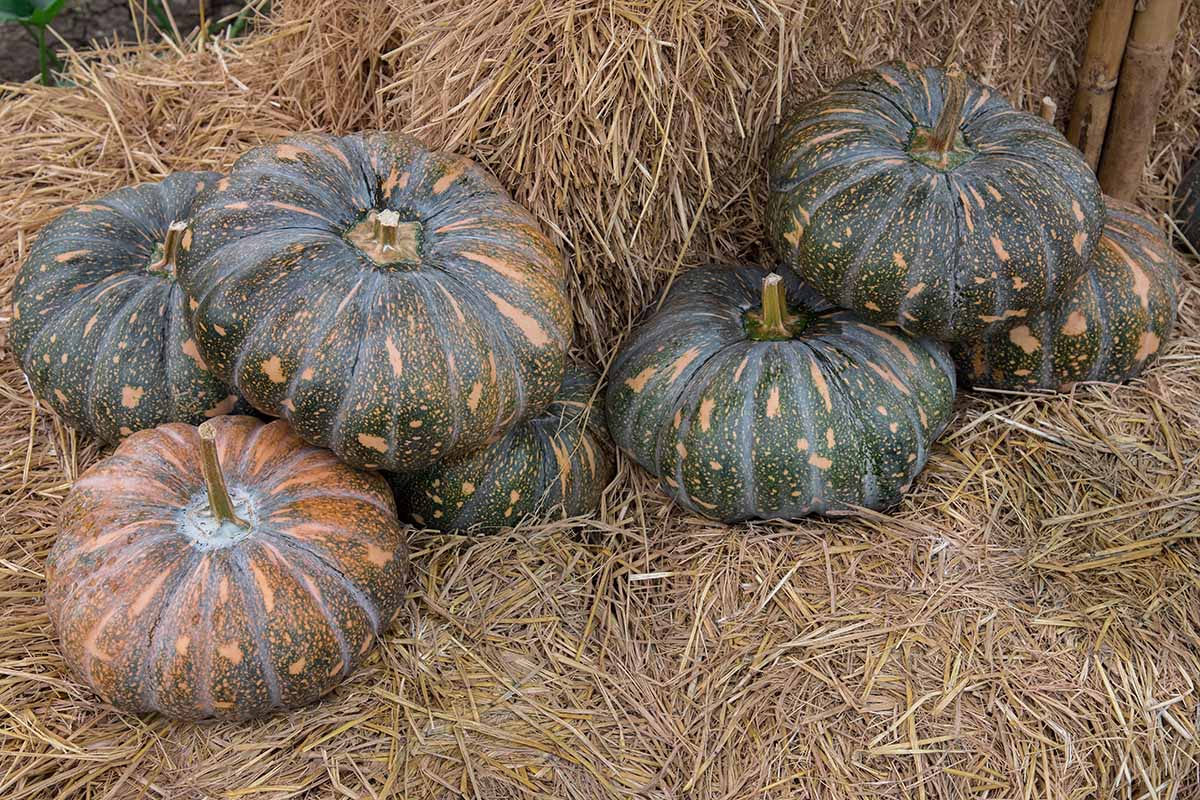
Once it’s ready, take a pair of clippers or pruners and cut the squash away from the plant, leaving at least an inch of stem attached to the top.
All of the fruits produced on a single vine will not ripen at the same time, so check each one before harvesting.
Preserving
You can preserve this squash for months and months if you simply go through the arduous process of placing it in a cool, dark, dry place.
They can store for up to four months in a root cellar or basement, though off the record, I had one that lasted seven months that had fallen off the back of a lazy Susan inside a cabinet.
I discovered it well into spring and chopped it open – perfectly fresh and delicious, and here I was in May, enjoying food I had harvested in October.
Just watch for rotten, soggy, black spots or rotting at the stem. If that happens, you can open the squash up and try to save the good spots or just compost the whole thing.
If you’re picking up squash at the market, go ahead and skip any with dark or soft spots. That indicates rot inside. But at home, you don’t have to waste perfectly good food.
Just cut away the rotten bits, and you can eat the rest, though you shouldn’t try to preserve flesh from fruits that show rot.
This isn’t a plant where you’re fighting for every harvestable morsel (that would be you, wasabi).
You’ll likely get a massive harvest from each plant, so you’re going to need ways to preserve the flesh. It cans and freezes well, and you can also dehydrate it.
Recipes and Cooking Ideas
You’ll often find this squash for sale in markets already cut into sections or quarters. That’s partially because it’s a pain to cut.
These have thick skins, and the flesh is meaty. To cut them at home, you might try pulling out your 15-amp table saw. Just don some goggles, and get ready to watch the sparks fly!
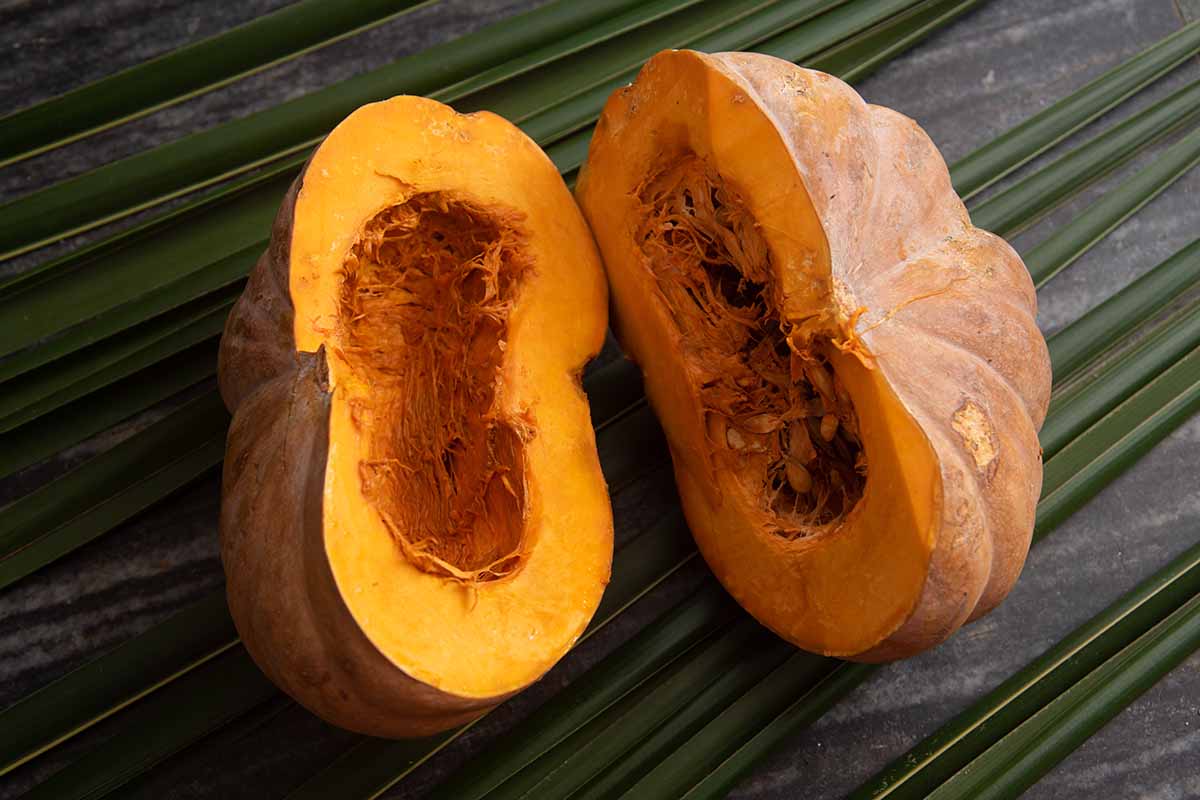
Not really, but this isn’t entirely a joke. I’ve actually cut a few open with a fresh saw blade now and then. They’re that hard to get into. For those who don’t fancy using power tools on their vegetables, there are other ways.
You can use a cleaver and hack away, or work smarter rather than harder. Bake the fruit for about 15 minutes on a rimmed baking sheet with just a bit of water in the bottom.
Or you can microwave it in a bowl with water for about five minutes, if it fits. Let it cool, and you should be able to cut through much more easily.
Besides opening the fruits, the other challenging thing about them is going to be narrowing down the best ways to cook them.
There are an endless number of ways, and anything a pumpkin can do, a calabaza can do.
You can batter and fry shredded flesh as savory or sweet fritters, bake the flesh on a cooking sheet with some butter or olive oil and spices, mash the flesh, or puree it into a soup.
Make calabaza curry or whip up some calabacitas, squash cooked with tomatoes, onions, garlic, chilis, corn, cheese, and spices.
Then there’s dessert. Calabaza en tacha is candied squash. And of course, there’s the old classic: pie.
The dense flesh really lends itself nicely to all kinds of applications, and the vibrant orange hue livens up whatever dish you use it in.
Speaking of, if you’re working with a really bright squash, you might want to wear an apron or something old that you don’t mind if it gets ruined. The orange color can stain your hands and anything else it comes in contact with.
The flowers (flor de calabaza) are a traditional food in South America. And the seasoned seeds, known as pepitas, are also delicious roasted.
Quick Reference Growing Guide
| Plant Type: | Herbaceous vining annual vegetable | Water Needs: | Moderate |
| Native to: | South America | Maintenance: | Low |
| Hardiness (USDA Zone): | 3-10 | Tolerance: | Heat |
| Season: | Fall | Soil Type: | Rich, loose |
| Exposure: | Full sun | Soil pH: | 5.5-7.0 |
| Time to Maturity: | 100 days | Soil Drainage: | Well-draining |
| Spacing: | 5 feet | Attracts: | Bees, butterflies |
| Planting Depth: | 1 inch (seed), depth of the root ball (transplants) | Companion Planting: | Alliums, beans, corn, marigolds, nasturtiums |
| Height: | 24 inches | Avoid Planting With: | Brassicas, melons, potatoes |
| Spread: | Up to 50 feet | Family: | Cucurbitaceae |
| Growth Rate: | Fast | Genus: | Cucurbita |
| Common Pests and Disease: | Squash bugs, squash vine borers, striped cucumber beetles, flea beetles | Species: | Moschata |
Bring on the Piles and Piles of Squash!
Truly, the biggest challenge about growing this wonder is finding the space with enough sun exposure, and then figuring out how to crack into those tough shells.
Other than that, this is a set-it-and-forget-it type of veggie.
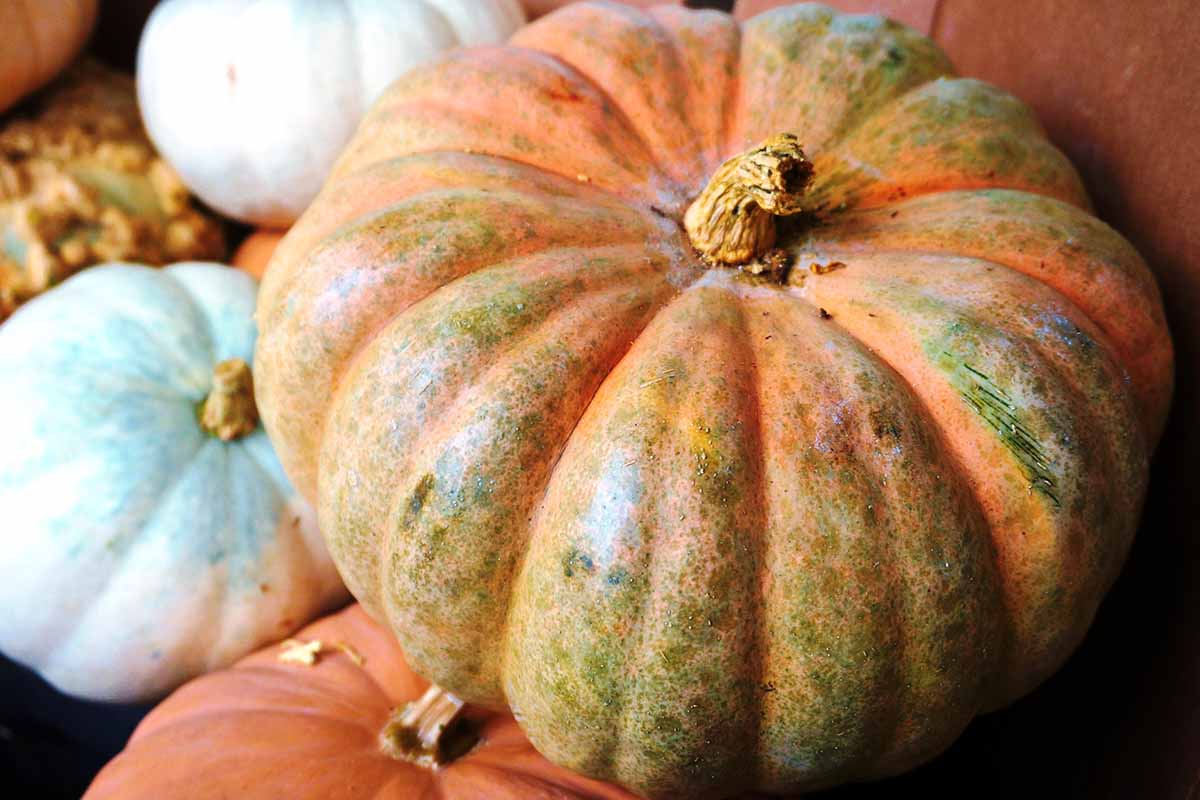
Alright, so now it’s time to help me out. How are you going to cook up all of your calabaza? I’m always looking for ways to use mine up! Share your ideas and recipes in the comments, please.
Want to play around with some other types of winter squash? We have lots of great guides that can help you on your journey. Consider checking out the following next:
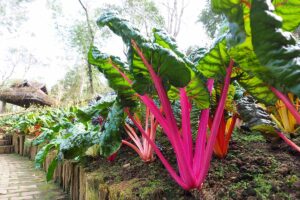

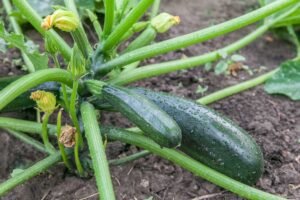
Thanks for the info. Going to give it a go. Wish me luck! Lol. I bought some pre-cut to try and it’s fabulous! All I did was roast mine in the oven then took the meat off of the skin , cut it up and sautéed it in olive oil, butter, and put some Caribbean chicken seasoning on it. It’s so good. Way better than butternut squash to me. I do hope I’m able to grow some.
Best of luck to you, Robin! That recipe sounds delicious, I’ll give it a go!